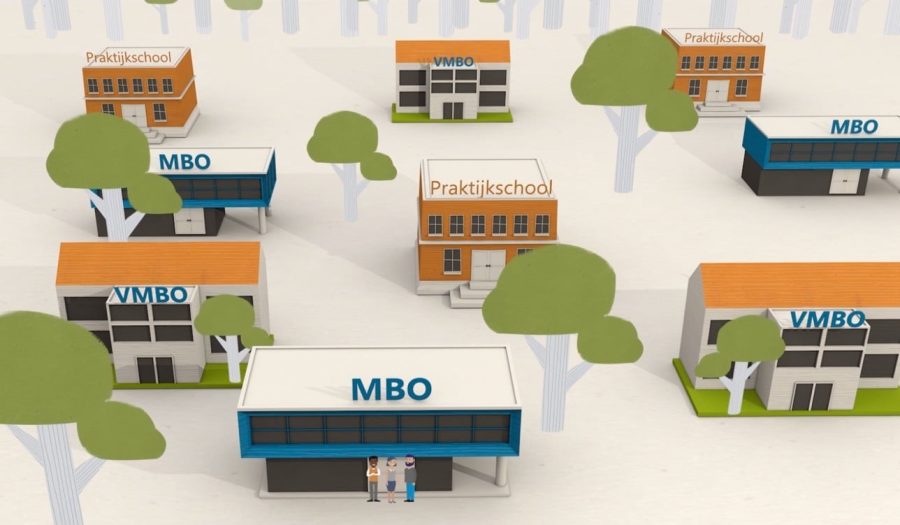The power of animation for education

Why should you choose animation as an educational institution? This question has an extensive answer that you can read in this blog. In any case, it is clear that animation is playing an increasingly important role in didactics.
When we look at education, we see some important trends to which the use of animation can contribute. Consider, for example, the digitalization of education, but also the pressing staff shortage. To properly explain what animation can mean for education, it is smart to first explain what exactly an animation is.
What is animation?
an animation made is a combination of drawn images and spoken words. This drawn image can be made with either a computer or by hand. Animations for commercial purposes are often short and sweet and often around one minute long. While animations have been popular among children for years, in the form of TV series (cartoons), animation is now a widely applicable tool that is used by all kinds of companies and institutions to explain their products and services.
Animation and other video content is also on the rise in education. Having 2D animation made is the most common form, but 3D animation is gaining ground thanks to the beautiful, realistic representations that are possible. Depending on what you want to explain or promote, 3D may offer just a little more realism and detail that you need to achieve your objective.
Why use animation in education?
The combination of image and sound ensures that the message sticks better with the viewer. The moving image in an animation allows you to visualize complex concepts and issues and make them understandable. Consider, for example, an abstract mathematical problem, such as the Pythagorean theorem, but also instructions for an assignment or project that you can clarify in animation form.
Last year, our Phil & Flo team had an explanation animation made to explain a new elective schedule for a secondary school. Often, if you organize your animation well, it can serve multiple target groups, for example children, parents, but also teachers.
How do I apply explanimations in my teaching package?
an explanimation made is actually the same as an explanation animation. When you add animation to your teaching package, it is important that it fits in well with the existing teaching material. It is advisable not to replace teaching material with animation per se, but above all to supplement it with teaching animations. For example, for a mathematical chapter that deals with the Pythagoras theorem. You can create interactive assignments in animation form in a playful way.
By making good use of pauses in an animation, the material not only sticks better to the students, but the animation also provides space for a question-and-answer game. The role of the teacher naturally remains essential in this. As a teacher, you can respond to questions that arise as a result of the animation and discuss any ambiguities further in class.
Educational trends in animation
When it comes to digitizing our education, there is certainly a role for video content and, in a specific sense, animation. By supplementing teaching material with this (interactive) content, the teaching package becomes more diverse, playful and exciting, but you also support the teacher.
The workload for a teacher decreases when animations can be used in the teaching package. The animation grabs the students' attention, instructs the students in a new way, and lays the foundation for a classroom discussion. This makes the lessons more fun for both the teacher and the students. And no, this will not solve the staff shortage in education, but we certainly believe that it can contribute to better working conditions and thus breathe new life into the teaching profession.
Would you like to know more about the application of animation in education? Call now 085 2738331 for our education specialist.
Or have animation video , or whiteboard animation made by our animation specialists.